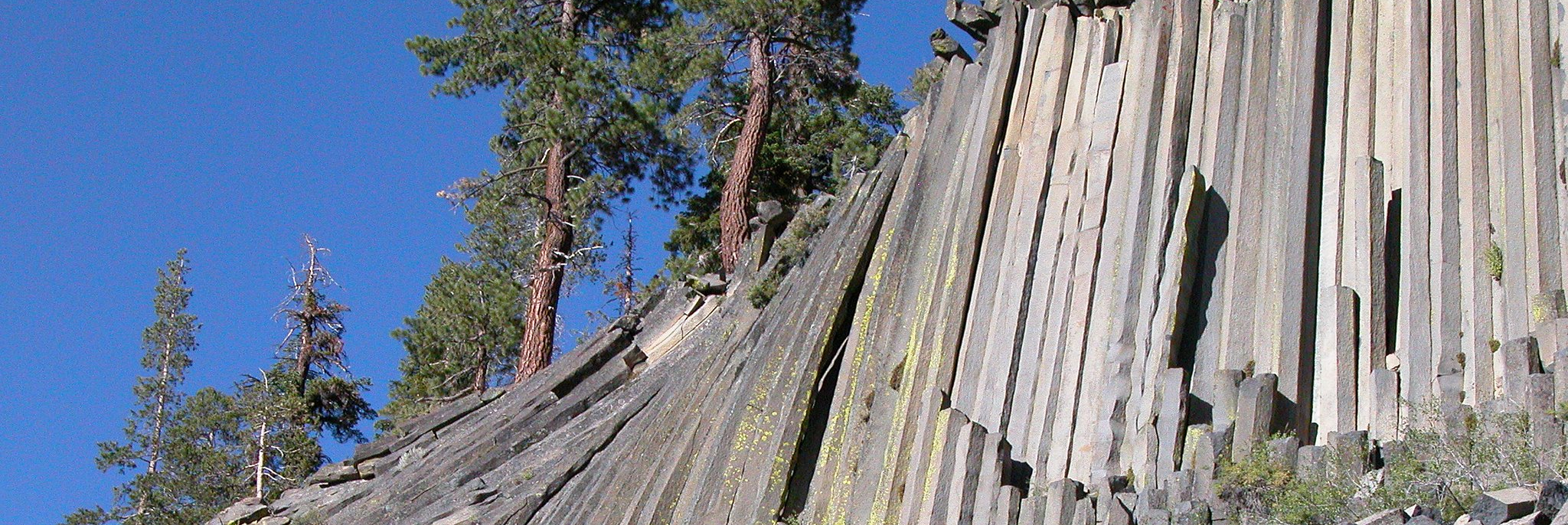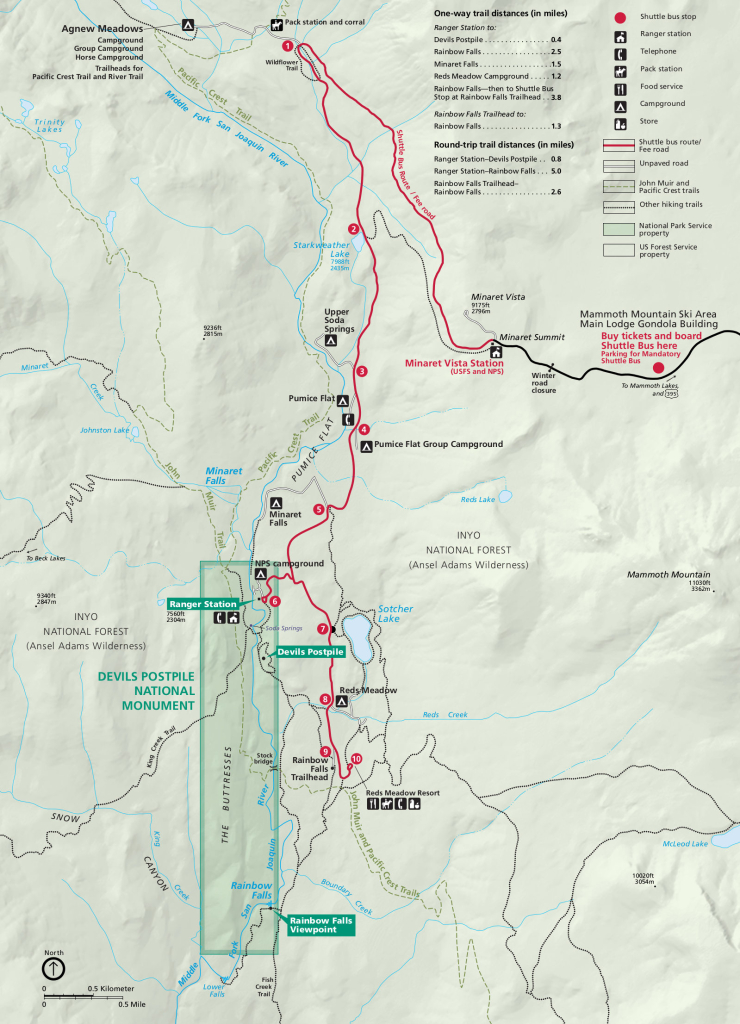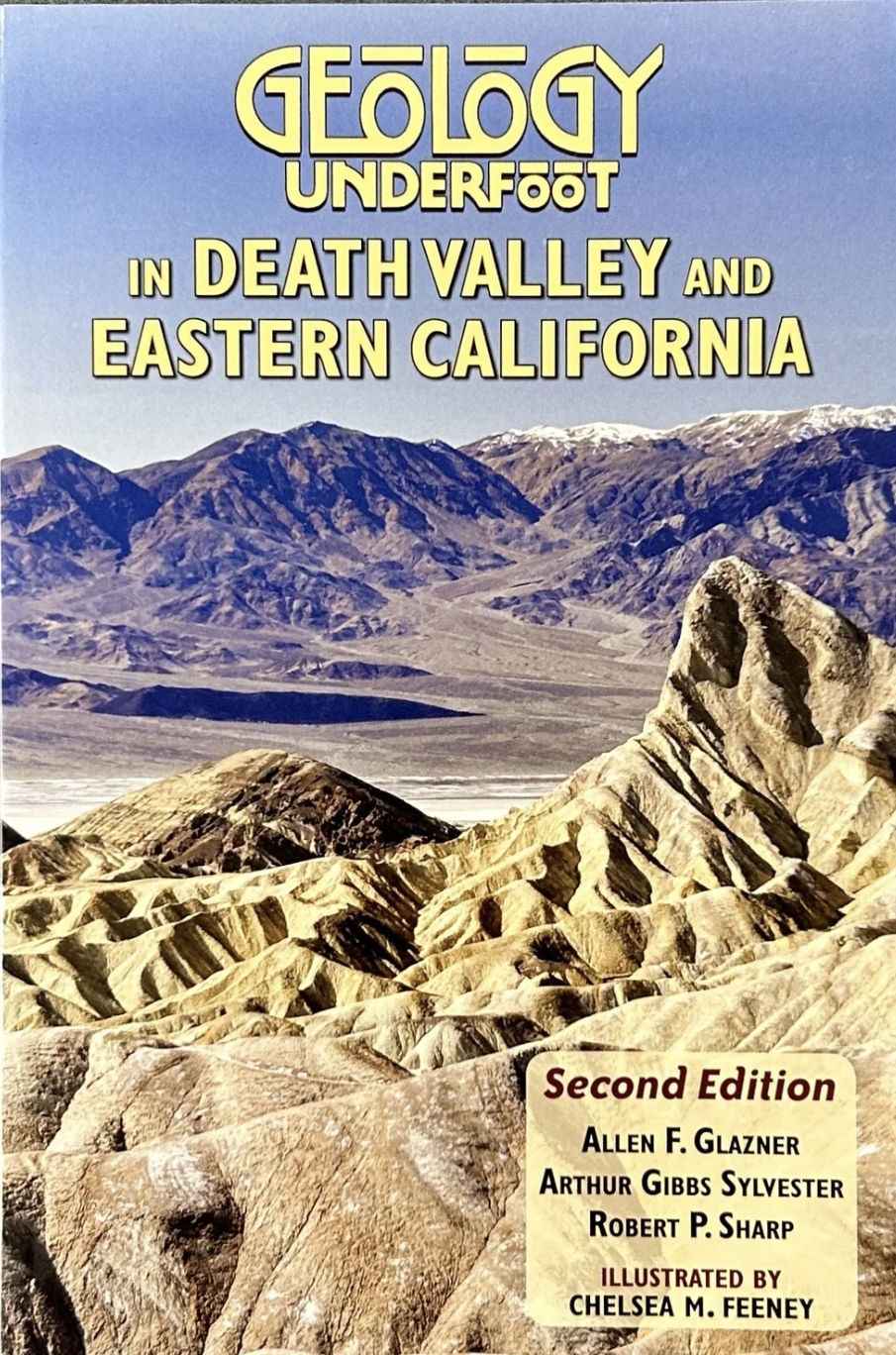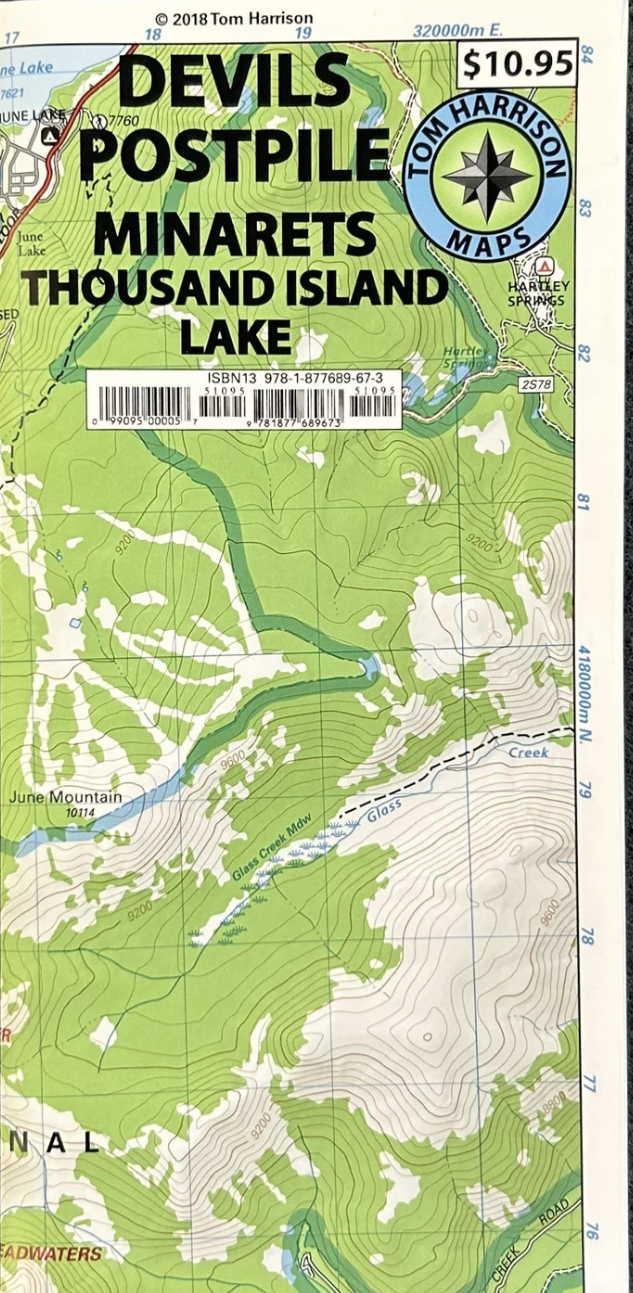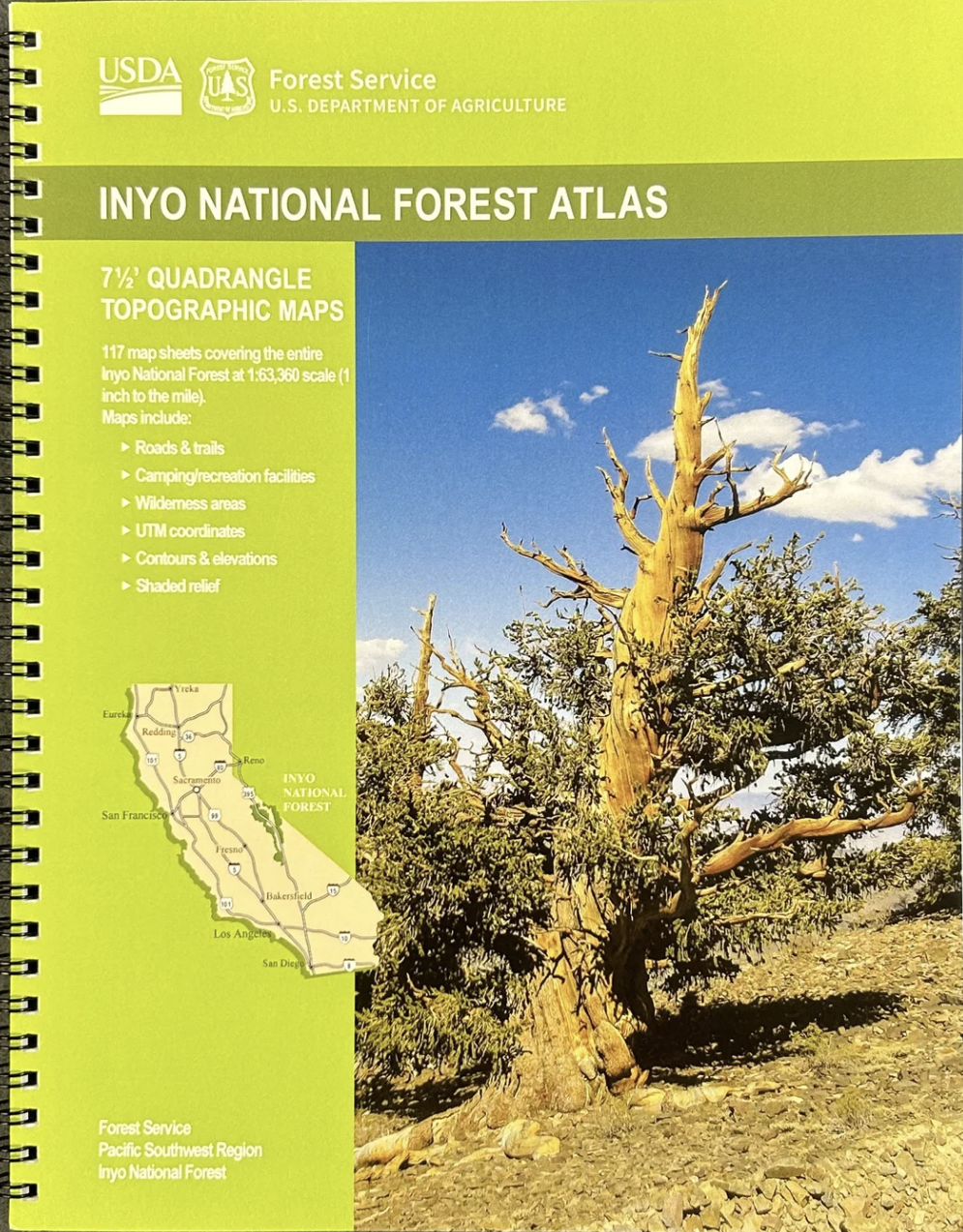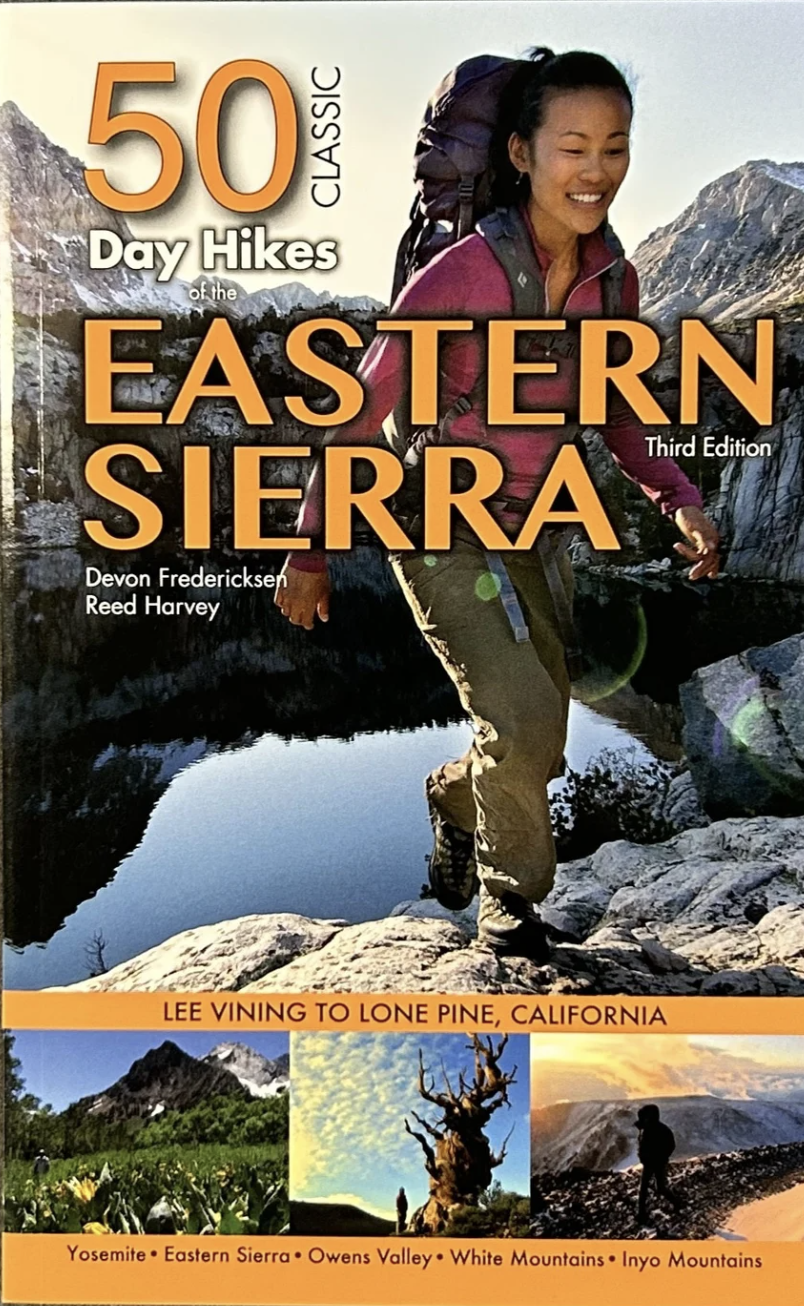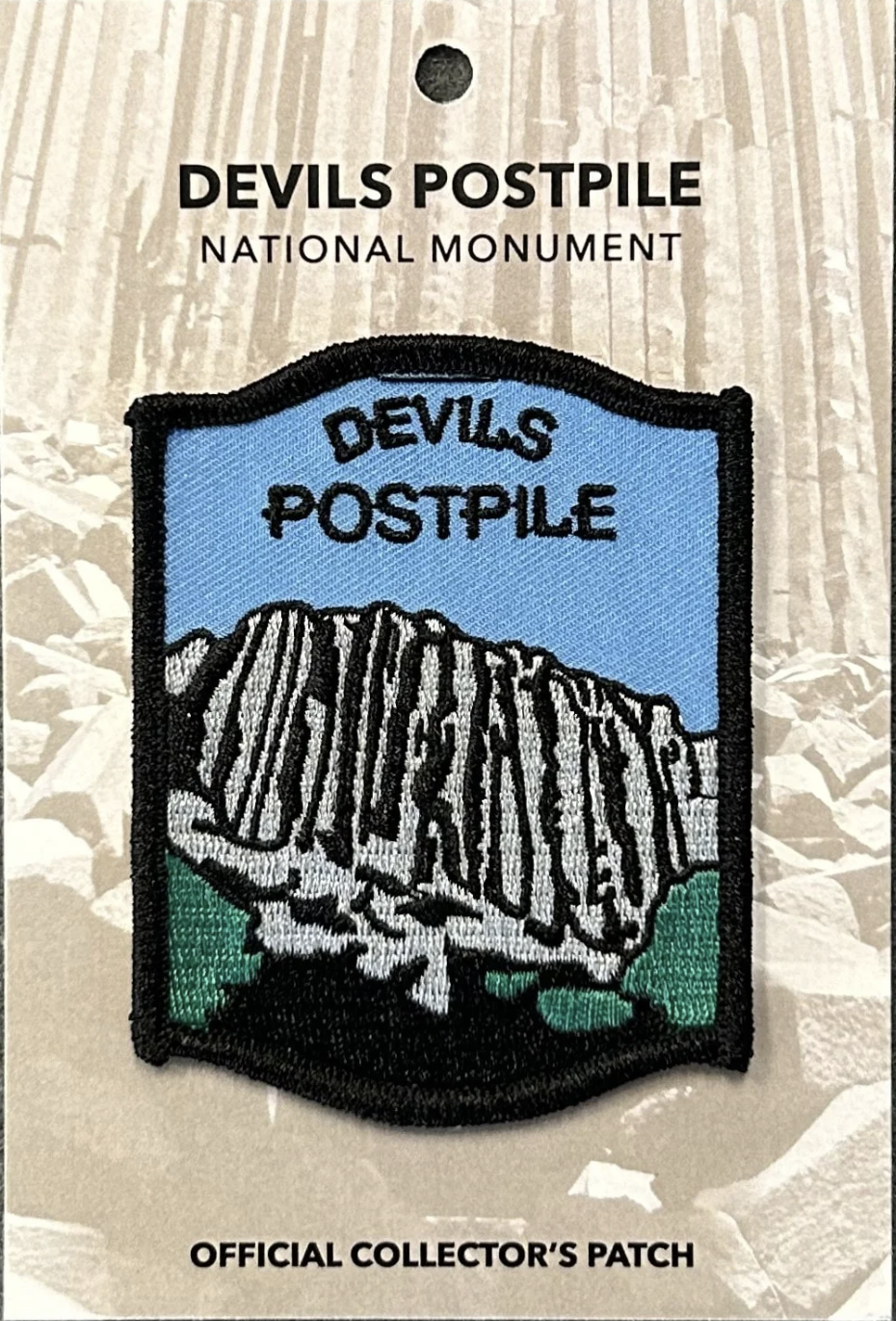Welcome to Devils Postpile National Monument
Visitors come to witness this rare geologic sight and one of California’s natural wonders. Established in 1911 by presidential proclamation, Devils Postpile National Monument safeguards a symmetrical columnar basalt formation that constitutes the Devils Postpile, and the 101-foot-tall Rainbow Falls. The monument sits on the western slope of the Sierra Nevada (7,560 feet). Before entering the 800-acre monument, you can stop at Minaret Vista and see the wide, glaciated valley of the Middle Fork of the San Joaquin River. Across are the jagged minarets, Mt. Ritter (13,143 ft), and Banner Peak (12,936 ft) of the Ritter Range.
Visitors enjoy activities from hiking and biking to fishing and camping. There are a full range of amenities in the nearby town, Mammoth Lakes.
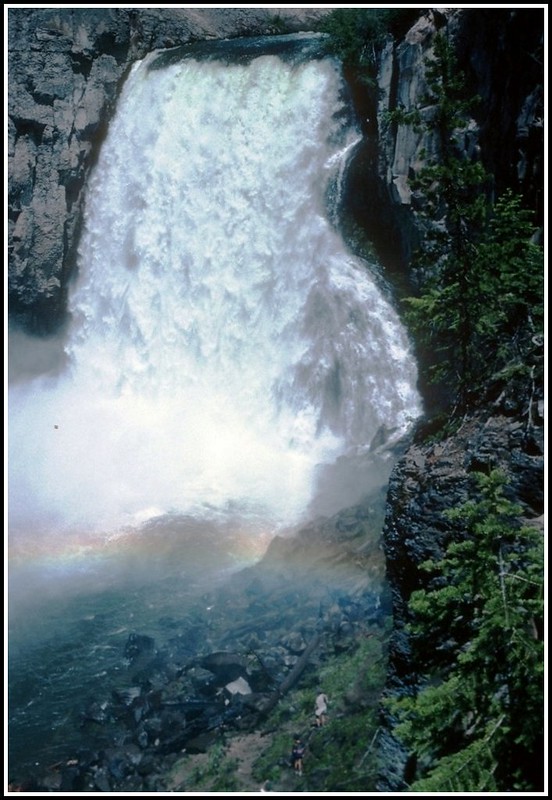
Seasonal Information and Operating Hours
Devils Postpile National Monument is typically open from mid-June to mid-October, depending on the snow year.
During the operating season, the monument and Reds Meadow are open 24 hours per day, seven days per week. In winter months, the access road is closed to vehicles, however available by skis or snowshoes.
It is advisable to check current operating hours and you can do so by clicking HERE.
The ranger station is open from 9:00 am to 5:00 pm daily during the operating season. Maps and other materials are available outside the ranger station. ESIA operates a bookstore with information and exhibits, books, and a gift shop.
If the monument becomes accessible in mid-June, you can anticipate uncrowded pathways, occasional snowy patches, and high water volumes at both Rainbow Falls and Minaret Falls. As July arrives, the waterfalls retain their fullness, but the park’s trails, viewpoints, and shuttle buses also become more crowded. Moving into August, the crowds reach their peak, and the campgrounds tend to be consistently occupied during weekends, while the waterfalls’ flow notably diminishes. While Rainbow Falls maintains its flow throughout the year, its most remarkable displays occur in June and July. Crowds usually dwindle as the summer comes to a close.
Getting There
Devils Postpile is a 30-minute drive from the nearest town, Mammoth Lakes. As you pass through Mammoth on CA 203, head towards the ski area. Pass the Mammoth Mountain ski lodge until you reach Minaret Summit (9,265 feet). If you are visiting during normal operating hours, and unless you have a special permit, you will be required to park at the lodge.
Visitors can access the monument and Reds Meadow Valley through the Reds Meadow/Devils Postpile Shuttle Bus, which typically runs from 7:30 am to 5:30 pm and from mid-to-late June through Labor Day Weekend. The shuttle system reduces congestion on roads, protects resources from damage due to illegal parking, and reduces vehicle emissions.
Tickets can be bought and the bus boarded at the Mammoth Mountain Adventure Center near the Mammoth Mountain Main Lodge. The bus transports visitors to any of the ten designated stops within the valley, which encompass trailheads like Devils Postpile and Rainbow Falls.
For additional shuttle information, click HERE. For the latest news and shuttle updates click HERE . You can also visit the Forest Service visitor center in Mammoth Lakes for more information.
It is required to ride the shuttle bus unless visitors have one of the following exceptions, then they may drive into the valley. Visitors who:
-
Arrive before 7:00 am or after 7:00 pm
-
Are staying overnight at the Reds Meadow Resort or at any designated campground in the valley. Backpackers must use the shuttle system.
-
Have a cartop boat or inflated float tube for use on valley lakes (there are no boat launches in the valley)
-
Are towing a livestock trailer and intend to use livestock on valley trails
-
Display a handicap placard or plates
-
Hunters transporting weapons or game
-
Arrive outside of shuttle bus operating hours or seasons
Hiking
Reds meadow includes the Devils Postpile formation, Rainbow Falls, and trails that wind through the John Muir Wilderness and Ansel Adams Wilderness. It is a great place to go for a day of exploration. Enjoy an easy hike or take a more strenuous hike that passes by alpine lakes and connects to the Pacific Crest Trail.
-
Devils Postpile – 0.4-mile hike to the base, an additional 15 minutes to the top of the formation.
-
Rainbow Falls – 2.5-mile hike each way from the Devils Postpile. You can shorten the hike by getting off at the Rainbow Falls shuttle stop, just before Red Meadow, and hiking 1.25 miles from there.
-
Minaret Falls – 1.4-mile hike to small, cascading falls just outside the monument boundary
There are more strenuous day hikes that pass by stunning lakes and connect to the Pacific Crest Trail. To learn more about the trails, click HERE or visit the Mammoth Lakes Welcome Center to purchase a map of hiking trails in Reds Meadow.
“Upon reaching the summit of Minaret Vista along the Sierra Crest, the Ansel Adams Wilderness that envelops the area unfolds before your eyes. The sweeping scene encompasses the rugged summits of the Minarets, Mount Ritter, and Banner Peak. Over the generations, people have revisited cherished spots within this valley to set up camps, engage in fishing along the Middle Fork of the San Joaquin River, and traverse the nearby trails.” – INYO National Forest
Area Map
A Geologic Story
The geological origins of the Devils Postpile contain some uncertainties, but enough information is available to piece together the narrative. While it was previously believed to have taken shape a million years ago, recent research shows that the Postpile formed around 82,000 years ago. A lava vent began spewing hot basaltic lava into the Reds Meadow Valley. The combination of basalt lava flow and a particular mineral composition cooled to form thousands of vertical, hexagonal columns, some a few inches to as much as 20 feet in diameter, and standing more than 60 feet tall.
How did the cooling create these columns?! Well, as the basaltic pool of lava cools, it hardens and contracts, creating stress. Most of the cooling happens by convection, meaning the heat travels up to the top and is released into the air. The cracking parallels the direction of cooling, so the columns tend to be vertical. The pool of lava also cools at the bottom and sides, but not as quickly. This is why the columns lean in some areas. The fractures form rightish angles to the surface of the flow. Hexagonal columns are the most efficient way to relieve stress during cooling and crystallization. An average of 55% of the columns contain the classic, six-sided hexagon. The other 45% has five-sided (pentagonal) or seven-sided (heptagonal) columns.
These columns were finally carved and revealed by a glacier 20,000 to 12,000 years ago. On the upper section on top of Devils Postpile, you can see the columns exposed in cross-section on the surface. A study has shown that out of nearly 1,000 columns, 50 percent have six sides, 25 percent have five, and 25 percent have seven.
If you are interested in reading more about the geologic history of Devils Postpile and other landscapes in the Eastern Sierra, we highly recommend the book Geology Underfoot in Death Valley and Eastern California.

Recreate Responsibly and Plan Ahead!
You are one of 100,00 visitors visiting the monument each year. Please take care of this place and tread lightly. Think about your impact.
-
Collecting any rocks, plants, etc. is prohibited in the monument.
-
Carry snacks and plenty of water. Potable water is available at drinking fountains next to the ranger station and bathrooms.
-
Weather changes frequently in this area. Come prepared with warm layers and rain gear.


